Museums of Andaman: Preserving History and Culture
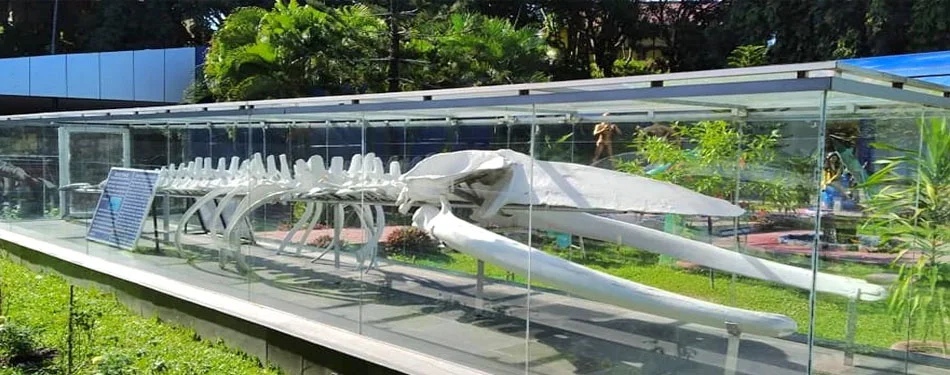
The Andaman and Nicobar Islands, known for their pristine beaches and exotic landscapes,
also boast a rich historical and cultural heritage. The museums of Andaman serve as
custodians of the islands' past, showcasing artifacts, photographs, and exhibits that
narrate the story of this enchanting archipelago. In this blog, we delve into the famous
museums of Andaman and Nicobar, highlighting their significance and the treasures they
hold within.
The Cellular Jail National Memorial
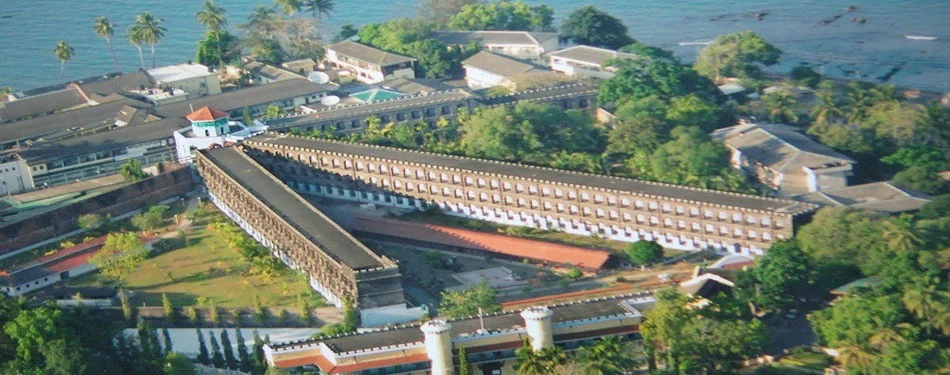
The Cellular Jail, located in Port Blair, is not just the best museum in Port Blair but
also the most significant historical site in the Andaman and Nicobar Islands. Known as
"Kala Pani," this colonial prison was used by the British to exile political prisoners
and freedom fighters during the struggle for India's independence. Today, it stands as a
reminder of the sacrifices made for freedom.
The Cellular Jail has been converted into a national memorial and offers an insightful
journey into India's colonial past. The museum within the jail premises displays
photographs, documents, and artifacts related to the freedom fighters who were
imprisoned there. The sound and light show held every evening narrates the distressing
tales of the inmates and the jail's history, making it a great experience for visitors.
Samudrika Naval Marine Museum
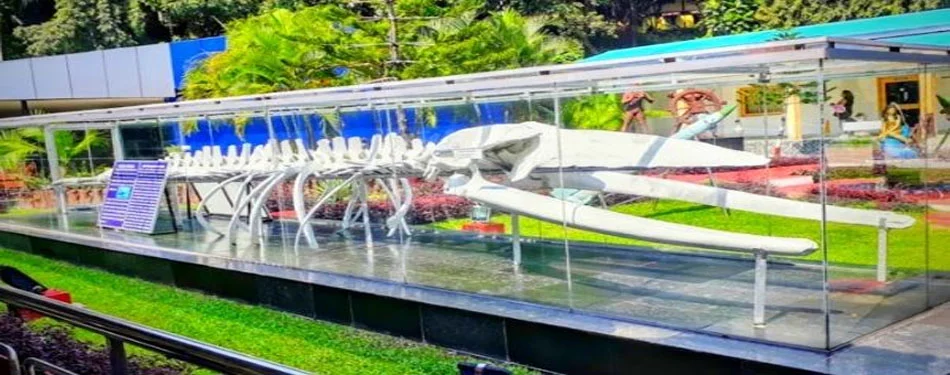
Operated by the Indian Navy, the Samudrika Naval Marine Museum is dedicated to the marine
life of the Andaman and Nicobar Islands. It is one of the most popular museums in
Andaman, offering a glimpse into the biodiversity of the island's marine and coastal
ecosystems. The museum is divided into five sections: history of the Andaman
Islands,
Geography, People, Marine life, and Archaeology.
The museum houses an extensive collection of corals, shells, and a variety of fish
species, making it a fascinating visit for nature lovers and environmental enthusiasts.
The Samudrika Museum plays a crucial role in educating visitors about the importance of
ocean conservation and the ecological balance of the marine environment.
Anthropological Museum
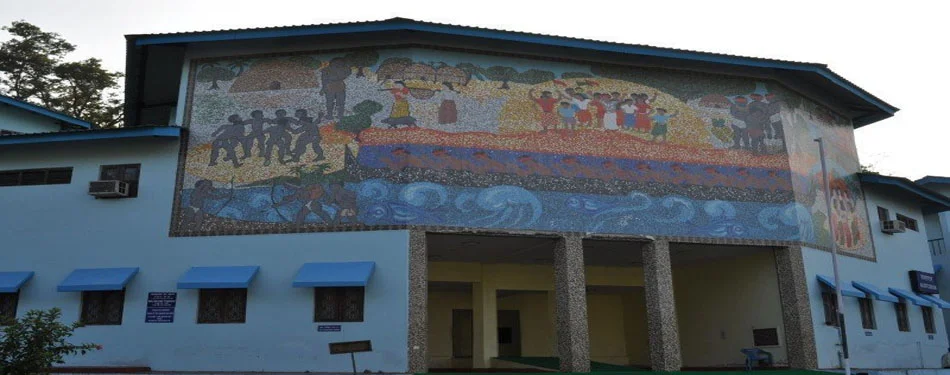
The Anthropological Museum in Port Blair is an insightful place to learn about the
indigenous tribes of the Andaman and Nicobar Islands. The museum showcases a wide array
of tools, clothes, models, photographs, and artifacts that provide a glimpse into the
lives of the Great Andamanese, Onges, Jarawas, Sentinalese, Nicobarese, and Shompens.
This museum is essential for understanding the rich cultural heritage and diverse
lifestyles of the islands' native tribes. The exhibits also include models of the tribal
huts, showcasing the architectural ingenuity and lifestyle practices of these
communities. The Anthropological Museum is indeed one of the best historical places in
Andaman for those interested in the social history and cultural anthropology of the
region.
Forest Museum
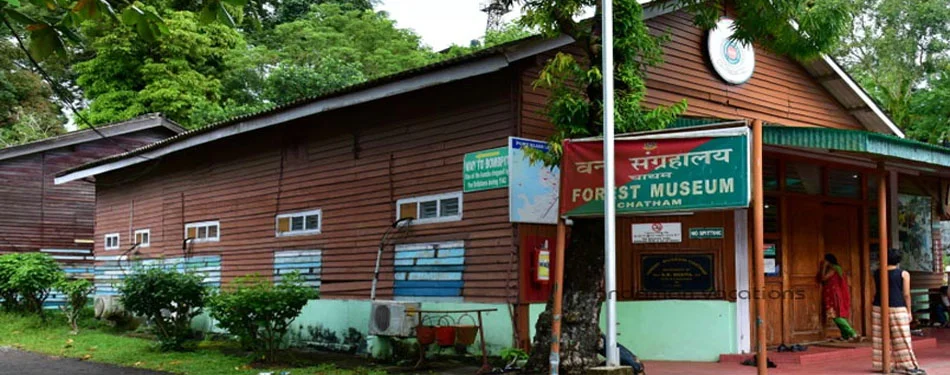
The Forest Museum, maintained by the Department of Environment and Forests of the Andaman
and Nicobar Islands, is another notable addition to the museums of Andaman. Located in
Chatham, Port Blair, this museum offers insights into forest activities and the timber
industry of the islands.
The museum is renowned for its extensive collection of wooden crafts, sculptures, and
artifacts made from locally sourced wood, showcasing the rich flora of the Andaman and
Nicobar Islands. The Forest Museum is a testament to the traditional woodworking and
craftsmanship of the local artisans, making it a must-visit for those interested in the
islands' natural resources and wood artistry.
Chatham Saw Mill
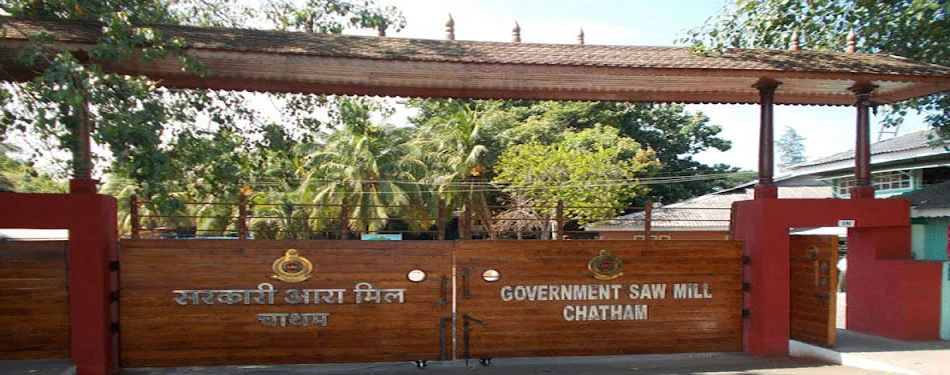
While not a museum in the conventional sense, the Chatham Saw Mill is one of the oldest
and largest saw mills in Asia and serves as a historical landmark in Andaman. Part of
the mill has been converted into a museum that provides a historical overview of the
mill and the timber industry of the islands.
Visitors to the Chatham Saw Mill can witness the process of converting huge logs into
timber and learn about the different types of wood harvested in the Andaman forests. The
mill's museum section displays photographs and models depicting the history and
development of the mill, offering a unique industrial perspective to the islands'
history.
The Cultural Guardians of Andaman
The museums of Andaman are more than just places of artifacts; they are cultural spots
that illuminate the islands' rich historical tapestry and diverse ecological landscapes.
From the grim corridors of the Cellular Jail to the vibrant displays of marine
biodiversity in the Samudrika Museum, each museum offers a unique window into the soul
of the Andaman and Nicobar Islands.
Visiting these museums provides a deeper understanding of the island's colonial past,
indigenous cultures, natural wonders, and historical milestones. They preserve the
memory of the Andaman and Nicobar Islands' past while educating and inspiring future
generations. Whether you are a history buff, nature enthusiast, or culture seeker, the
museums of Andaman offer something for every visitor, making them some of the best
historical places in Andaman to explore.





